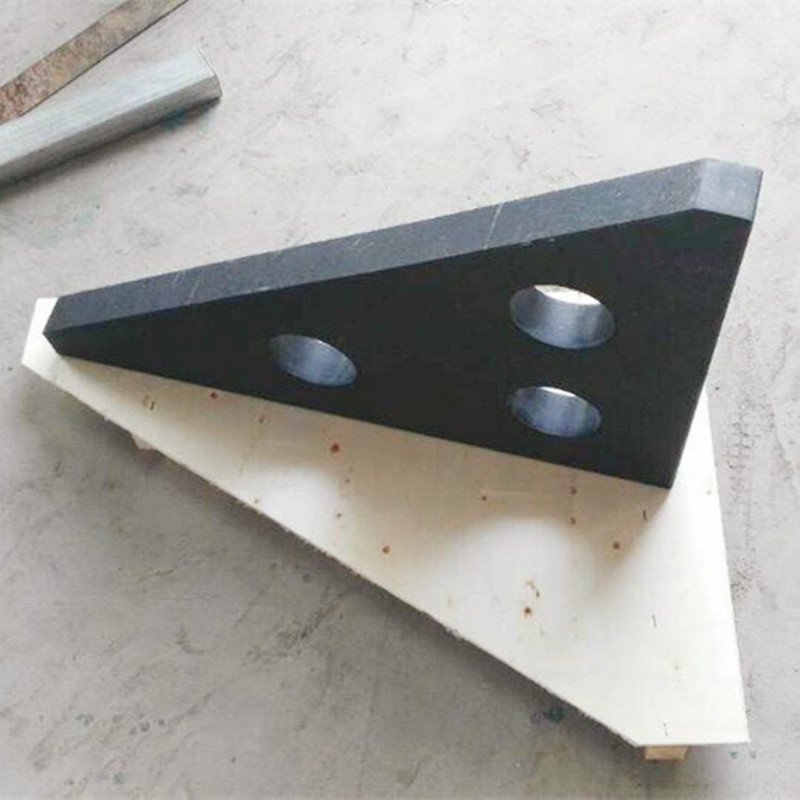Sult . 19, 2024 01:08 Back to list
turn on water valve
How to Turn On a Water Valve A Step-by-Step Guide
Turning on a water valve may seem like a simple task, but it’s essential to perform it correctly to avoid leaks or water damage. Whether you’re preparing for routine plumbing work, switching on water after repairs, or turning on the main supply after a winter break, knowing the proper steps can be crucial. Here’s a comprehensive guide to help you turn on a water valve safely and effectively.
1. Identify the Right Valve
Before proceeding, locate the valve you need to turn on. Water valves can typically be found in basements, near water heaters, or outside your home. The most common types of valves are gate valves, ball valves, and globe valves. A gate valve usually has a round wheel-like handle, while a ball valve has a lever handle. Understanding which type of valve you’re dealing with will guide you on how to operate it correctly.
2. Ensure Safety First
Before you turn on the valve, it’s essential to ensure safety. Make sure you’re wearing protective gear like gloves and safety goggles to protect yourself from any unexpected water discharge. Additionally, check the area around the valve for any obstructions, and ensure that the surrounding area is dry to prevent slipping.
3. Prepare the Area
If you’re turning on a valve that hasn’t been used for a while, check the condition of the pipes leading to and from the valve. Look for any signs of corrosion or damage. If you see any leaks, it’s advisable to repair them before turning the valve on to prevent any issues.
turn on water valve

For a gate valve, turn the handle counterclockwise to open the valve. This action allows water to flow through. It may require some effort if the valve has been closed for a long time. For a ball valve, simply flip the lever handle to the parallel position with the pipe to open it. Remember that forcing a valve that doesn’t easily turn can result in damage, so if it’s stuck, consider applying a lubricant or seeking professional help.
5. Check for Leaks
After turning on the valve, observe the areas around the valve and pipes for any signs of leakage. If you notice dripping or water pooling, turn the valve back off and inspect the area further. It’s better to address problems promptly than to face a larger issue later.
6. Test the Water Flow
Once you’ve confirmed there are no leaks, test the water flow by opening nearby faucets to ensure that water is flowing properly. This step helps to confirm that the valve is functioning correctly and that the water supply is restored to your fixture.
7. Routine Maintenance
Finally, incorporate periodic checks of your water valves into your home maintenance routine. Regular operation can prevent valves from seizing and ensure everything functions smoothly when you need it.
Turning on a water valve is a simple yet crucial task. By following these steps, you can ensure the job is done safely and effectively, keeping your plumbing system in top shape.
-
Why Metric Trapezoidal Thread is Ideal for Precision Motion ControlNewsAug.05,2025
-
The Unique Properties of a Block of Granite for Industrial UseNewsAug.05,2025
-
The Role of Flanged Y Strainers in Preventing Pipeline ClogsNewsAug.05,2025
-
The Importance of Regular Calibration for Master Ring GagesNewsAug.05,2025
-
How a Cast Iron Surface Table Enhances Accuracy in ManufacturingNewsAug.05,2025
-
Comparing Different Check Valve Types for Optimal Flow ControlNewsAug.05,2025
Related PRODUCTS









